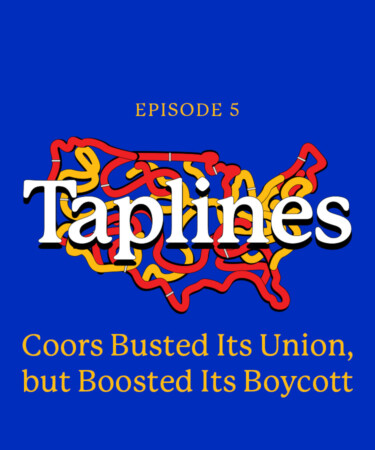After emerging from Prohibition more or less unscathed, Coors had a labor union organizing at its brewery. While this should have helped establish better working conditions for employees, it unfortunately had the opposite effect.
Rather than allowing employees to unionize, Coors asserted as much control as it saw necessary to keep workers at bay and maintain a homogenous workplace, curating a staff with the use of polygraphs and personality tests. It weeded out members of the LGBTQ+ community, “radical” political types, and anyone else it deemed remotely subversive. On top of that, women and people of color were marginalized into lower-paying roles. As workers became wise to the injustices at hand, tensions brewed and strikes ensued, along with a widespread boycott in 1957. Two years later, as Coors employees were replaced or began trickling back to work out of necessity, the strike came to an end. However, the return to work only put more eyes on Coors’ nefarious ways, in turn strengthening the ongoing boycott.
Conventional business-school wisdom says most consumer boycotts will fail as it’s almost impossible to organize a large enough group of customers to make a difference in a massive company’s bottom line. However, the coalition of labor unionists, Chicano activists, LGBTQ+ advocates, and more was able to lead the powerful boycott against Coors Brewing Company for three decades.
On this episode of “Taplines” join host Dave Infante and guest Allyson Brantley, Ph.D., as they explore a pivotal turning point in what is believed to be the longest boycott in American history. Tune in for more.
